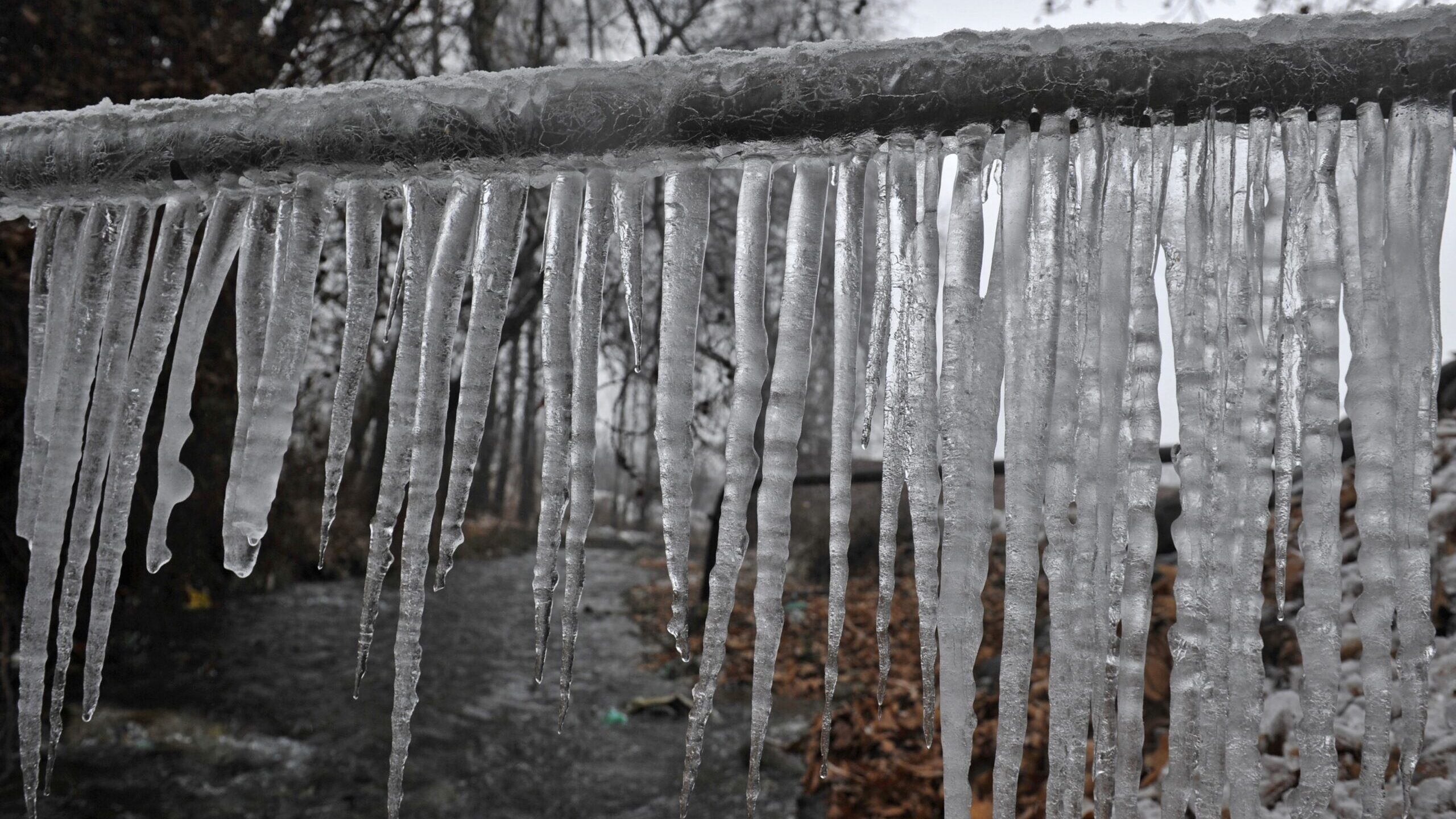Every person has their own thinking with regards to 6 Ways to Prevent Frozen Pipes.

Cold weather can wreak havoc on your pipes, particularly by freezing pipes. Here's how to prevent it from taking place and what to do if it does.
Intro
As temperature levels decrease, the threat of icy pipelines increases, possibly leading to costly fixings and water damage. Recognizing just how to stop icy pipelines is vital for house owners in cold environments.
Prevention Tips
Protecting susceptible pipelines
Cover pipelines in insulation sleeves or utilize warmth tape to shield them from freezing temperatures. Concentrate on pipes in unheated or outside areas of the home.
Heating strategies
Maintain interior rooms effectively heated up, specifically areas with pipes. Open up closet doors to enable cozy air to distribute around pipes under sinks.
Just how to identify icy pipes
Search for decreased water flow from taps, unusual odors or noises from pipelines, and noticeable frost on subjected pipes.
Long-Term Solutions
Structural modifications
Consider rerouting pipelines away from outside wall surfaces or unheated areas. Add additional insulation to attics, basements, and crawl spaces.
Upgrading insulation
Invest in high-quality insulation for pipelines, attic rooms, and wall surfaces. Appropriate insulation assists preserve constant temperature levels and lowers the risk of icy pipes.
Securing Outside Plumbing
Yard hose pipes and outdoor faucets
Detach and drain pipes yard hose pipes before wintertime. Install frost-proof spigots or cover outdoor taps with insulated caps.
Comprehending Icy Pipelines
What triggers pipes to freeze?
Pipelines ice up when revealed to temperature levels listed below 32 ° F (0 ° C) for prolonged durations. As water inside the pipes freezes, it broadens, taxing the pipe walls and potentially triggering them to rupture.
Dangers and problems
Icy pipes can bring about water supply interruptions, home damages, and pricey repairs. Burst pipelines can flood homes and cause substantial architectural damages.
Indicators of Frozen Water Lines
Determining icy pipelines early can stop them from breaking.
What to Do If Your Pipelines Freeze
Immediate actions to take
If you believe icy pipelines, keep taps open to soothe pressure as the ice melts. Use a hairdryer or towels taken in warm water to thaw pipelines slowly.
Conclusion
Preventing frozen pipes needs aggressive procedures and fast reactions. By recognizing the causes, signs, and safety nets, homeowners can secure their pipes throughout winter.
5 Ways to Prevent Frozen Pipes
Drain Outdoor Faucets and Disconnect Hoses
First, close the shut-off valve that controls the flow of water in the pipe to your outdoor faucet. Then, head outside to disconnect and drain your hose and open the outdoor faucet to allow the water to completely drain out of the line. Turn off the faucet when done. Finally, head back to the shut-off valve and drain the remaining water inside the pipe into a bucket or container. Additionally, if you have a home irrigation system, you should consider hiring an expert to clear the system of water each year.
Insulate Pipes
One of the best and most cost-effective methods for preventing frozen water pipes is to wrap your pipes with insulation. This is especially important for areas in your home that aren’t exposed to heat, such as an attic. We suggest using foam sleeves, which can typically be found at your local hardware store.
Keep Heat Running at 65
Your pipes are located inside your walls, and the temperature there is much colder than the rest of the house. To prevent your pipes from freezing, The Insurance Information Institute suggests that you keep your home heated to at least 65 degrees, even when traveling. You may want to invest in smart devices that can keep an eye on the temperature in your home while you’re away.
Leave Water Dripping
Moving water — even a small trickle — can prevent ice from forming inside your pipes. When freezing temps are imminent, start a drip of water from all faucets that serve exposed pipes. Leaving a few faucets running will also help relieve pressure inside the pipes and help prevent a rupture if the water inside freezes.
Open Cupboard Doors
Warm your kitchen and bathroom pipes by opening cupboards and vanities. You should also leave your interior doors ajar to help warm air circulate evenly throughout your home.

I came across that blog posting about 6 Ways to Prevent Frozen Pipes while perusing the web. Sharing is caring. One never knows, you may very well be doing someone a favor. Thank you so much for going through it.
Free Estimates